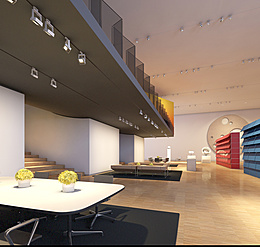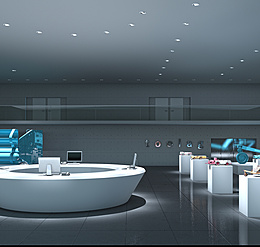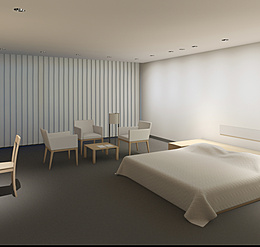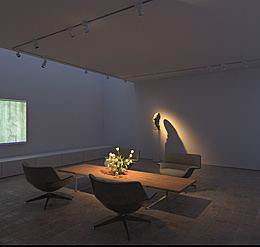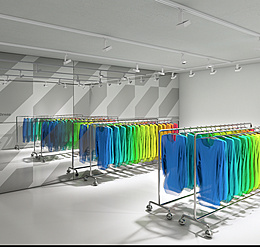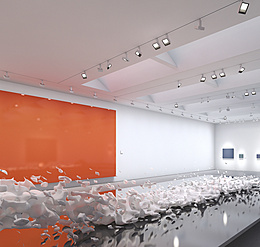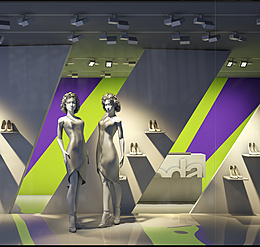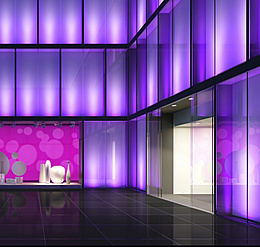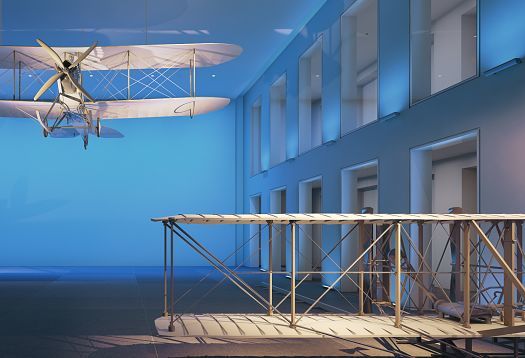
The use of different colour temperatures and/or coloured light augments the spatial differentiation or accentuation of objects. A more intense colour impression can be obtained by illuminating a body colour with the same colour of light. To create lighting effects with an intense atmosphere, it is necessary to work with saturated colours and intense colour contrasts. Variations in the colour temperature primarily arise due to selecting light sources ranging from warm white to daylight white. Coloured light is best produced by RGB colour mixing luminaires or by using colour filters.







